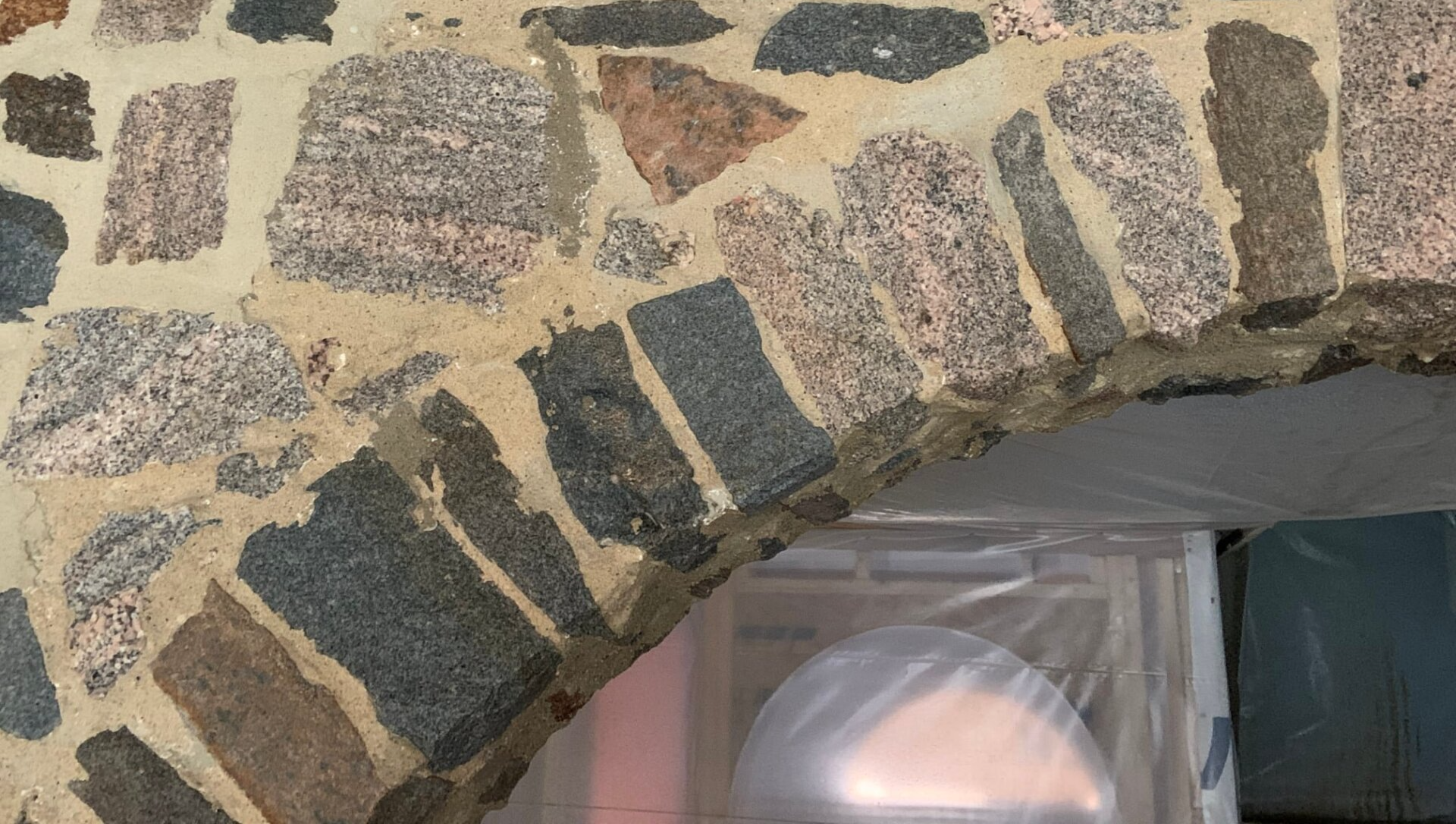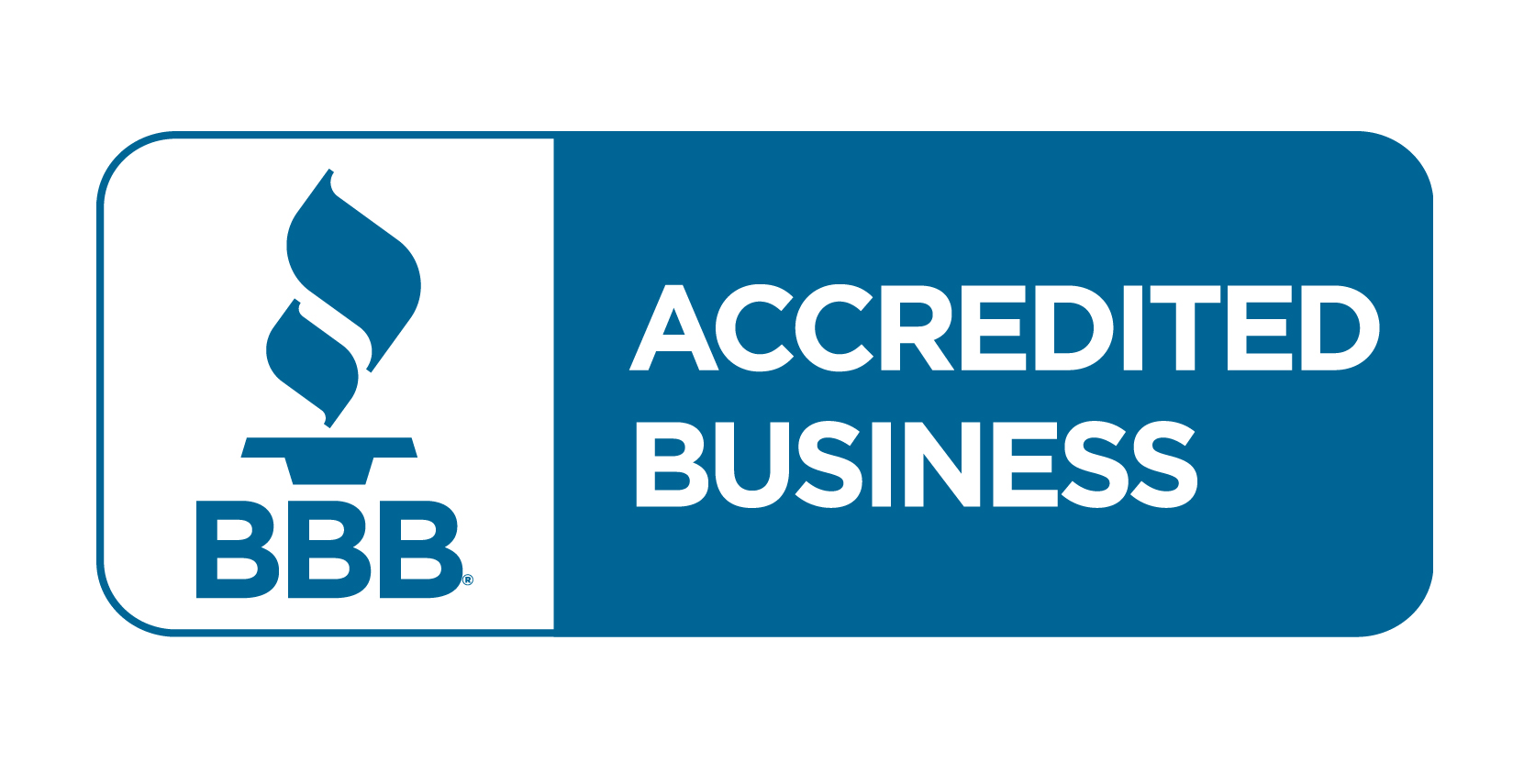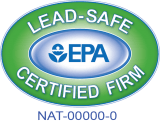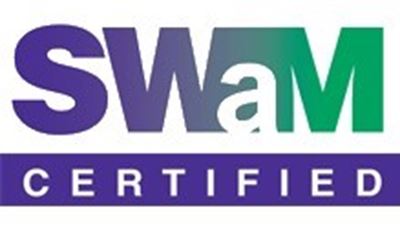New Vapor Blast Machine Provides Additional Options For Toughest Jobs
Unlike traditional paint removal, vapor blasting leaves less residue and avoids harsh chemicals.

Most cleaning projects are easily accommodated with Envirowash’s standard equipment – pressure washers with modified pressure capability, including soft wash. But tougher jobs might need more.
That’s where vapor blasting comes in.
Vapor blasting – also known as wet blasting, media blasting, or abrasive blasting – takes cleaning to a new level. Water is mixed with different types of media – sand, crushed walnut shells, even recycled glass – to create a vapor/media mixture that removes paint or rust while creating minimal airborne particulars, which is better for people and the environment. “Vapor blasting is the most cost-effective, environmentally friendly way to remove something from a surface,” says James Herbert, Envirowash’s president. “And it’s also the tool we use when nothing else works.”
Earlier this year, Envirowash used vapor blasting to strip paint from the fountain at the center of Monroe Park in downtown Richmond. Once the coating was gone, the team sealed the multi-tiered fountain with a rust inhibitor and then applied a primer and fresh paint. Vapor blasting was the perfect way to approach the historic fountain, which dates to the early 1900s.
“Everybody who has lived in Richmond for any amount of time knows Monroe Park’s fountain,” Herbert says. “The whole park had been renovated, and we needed to come in and clean the fountain, to make it as beautiful as its new surroundings.”
Envirowash acquired the vapor blasting equipment nearly a year ago. The process has three variables that can be endlessly adjusted: pressure – controlled by a pressure dial; the amount of amount of media used; and the amount of water used. Technicians became comfortable with the technique by watching training videos and experimenting on different surfaces, including an old Radio Flyer wagon, old decking boards and “damaged” bluestone pavers. “When we purchased the equipment, it was a whole new discipline for us,” Herbert says. “We needed to learn how to control all those variables, because you can pretty much remove anything
from any surface with the right amount of TLC. “We got the scaling and rust off the wagon, blasted the decking boards with soda and got really
good results, and even got spilled epoxy off the paver,” Herbert adds. “It was fun testing different substrates with different media and pressure.”
Herbert says the variety of media that can be used in vapor blasting makes the technique suitable for a range of residential and commercial needs: removing sealers or paint from asphalt, cleaning pavers, refreshing ornamental metal work, washing fire lane curbs, reconditioning structured steel, and restoring brick to its original surface.
“If you had a bronze statue and you had discoloration, you could take walnut shells and have that statue look like a brass penny without damaging the surface at all,” Herbert says. “Vapor blasting is also useful for small projects, like an intricate wrought iron gate, because it can clean all the nooks and crannies without damaging the surface. No job is too small; no job is too large.”





